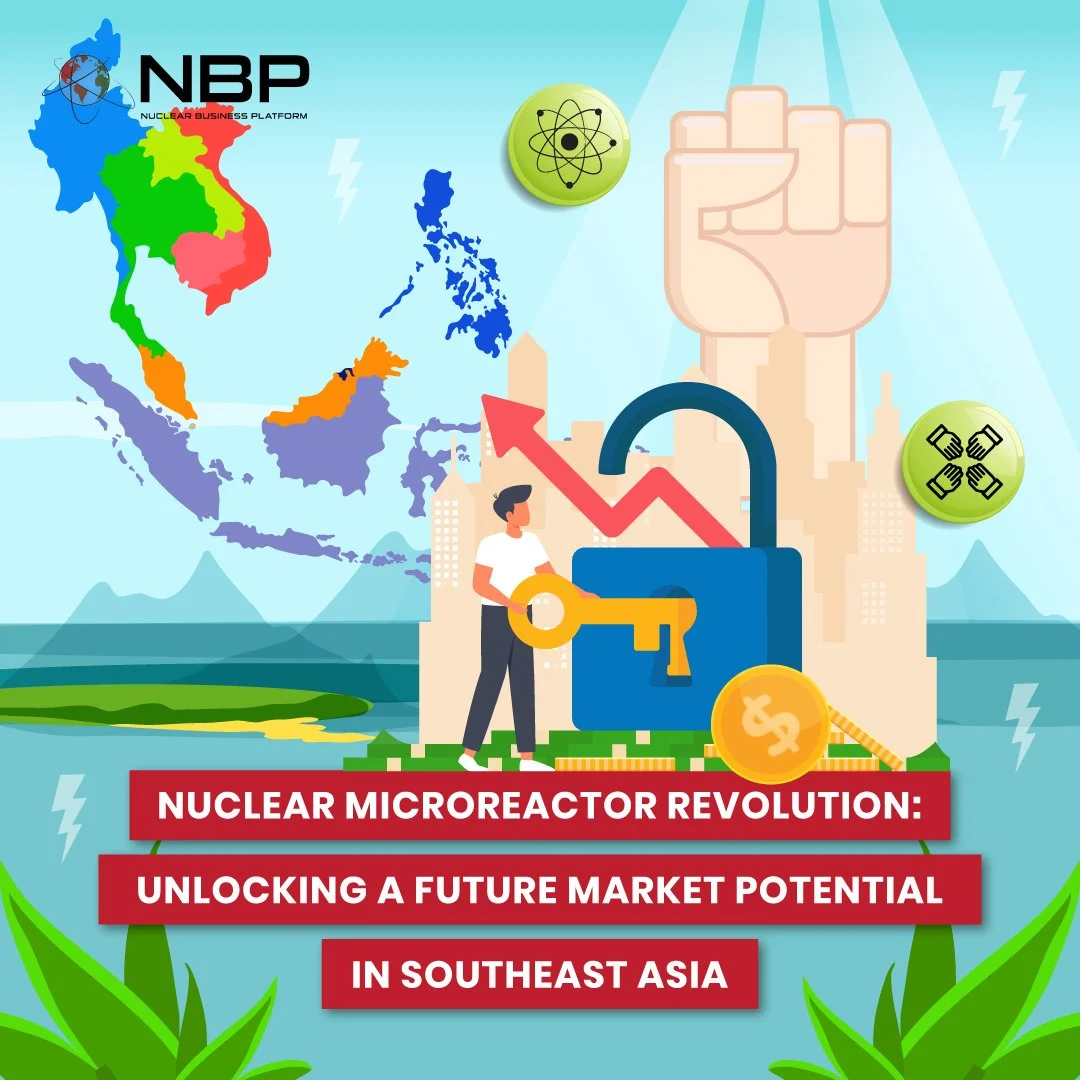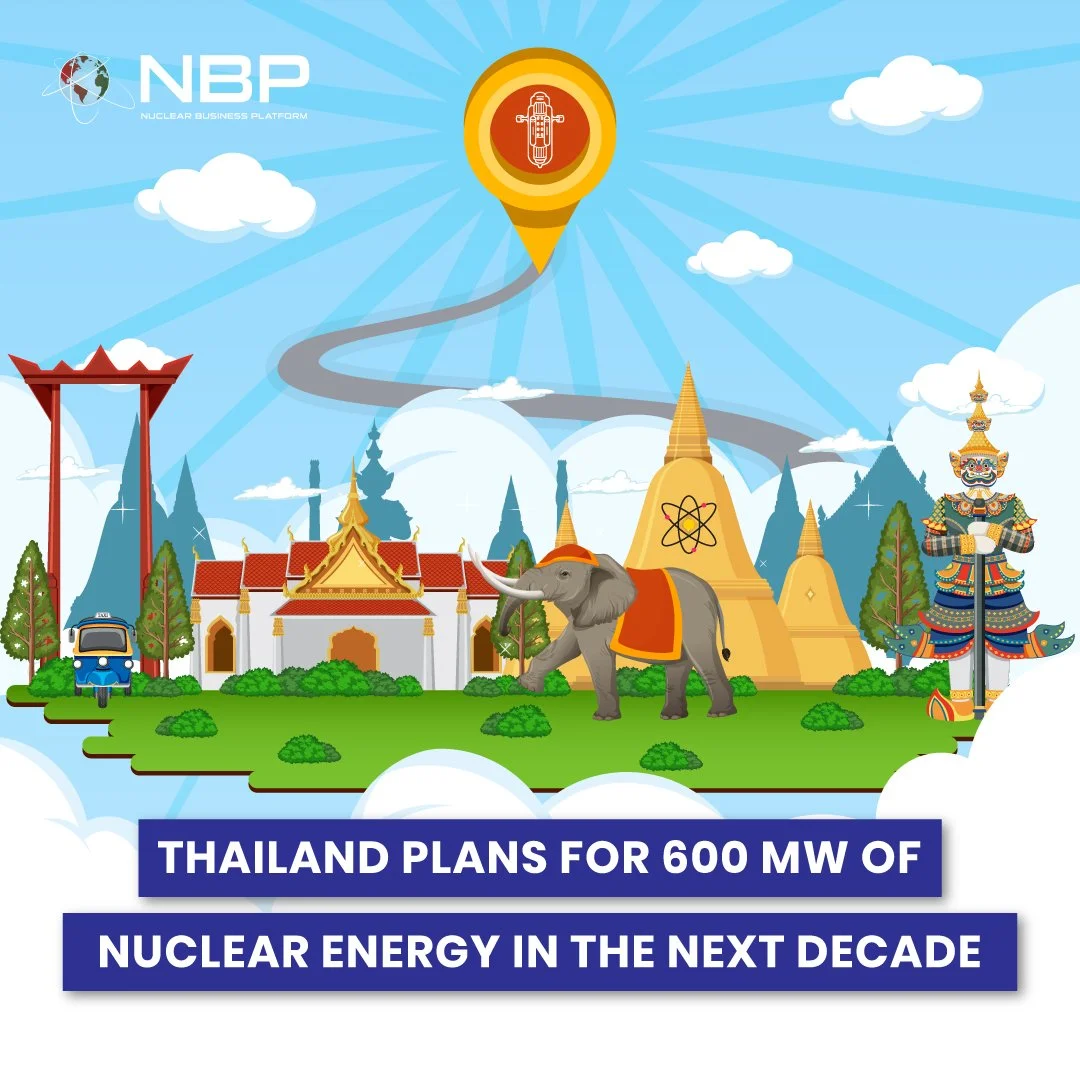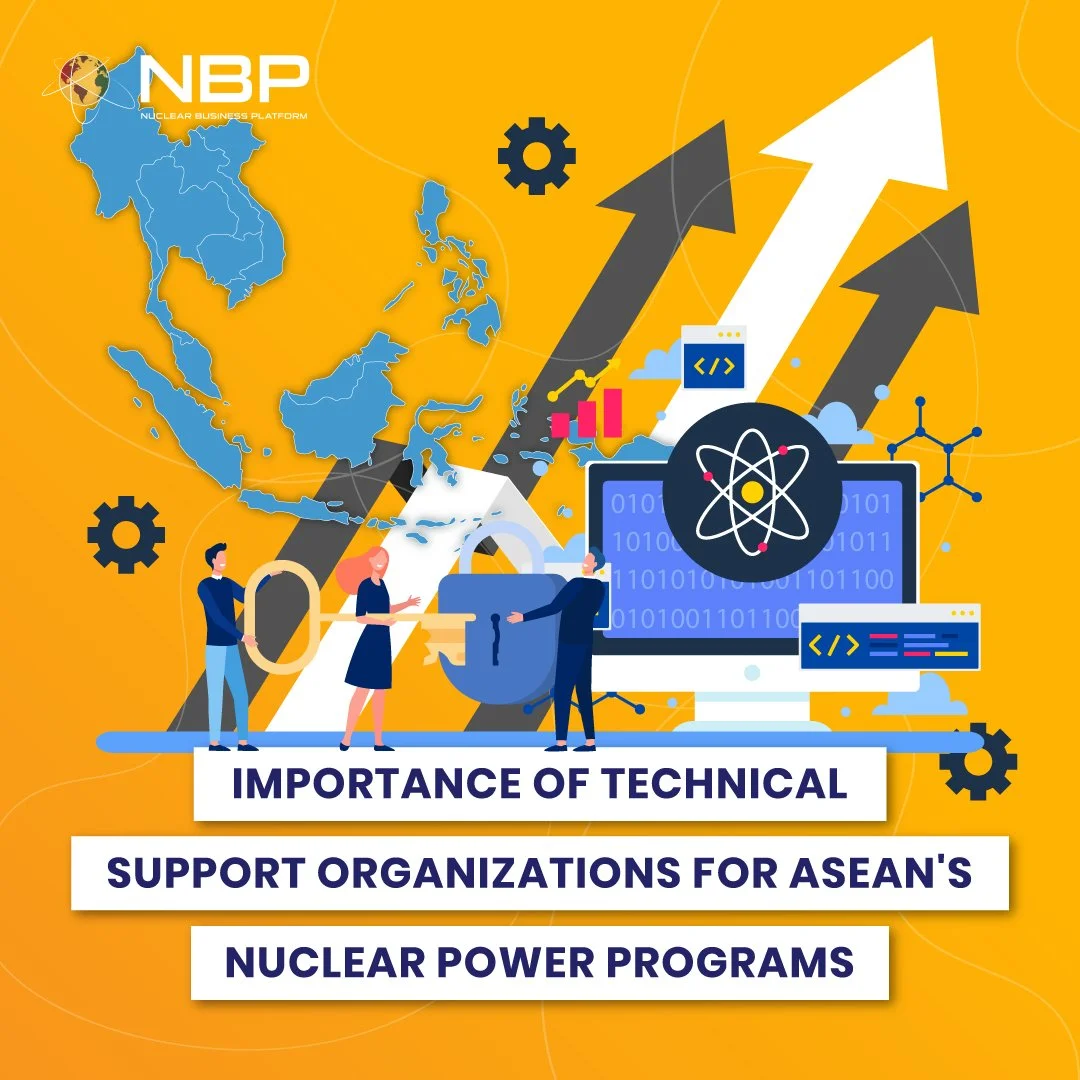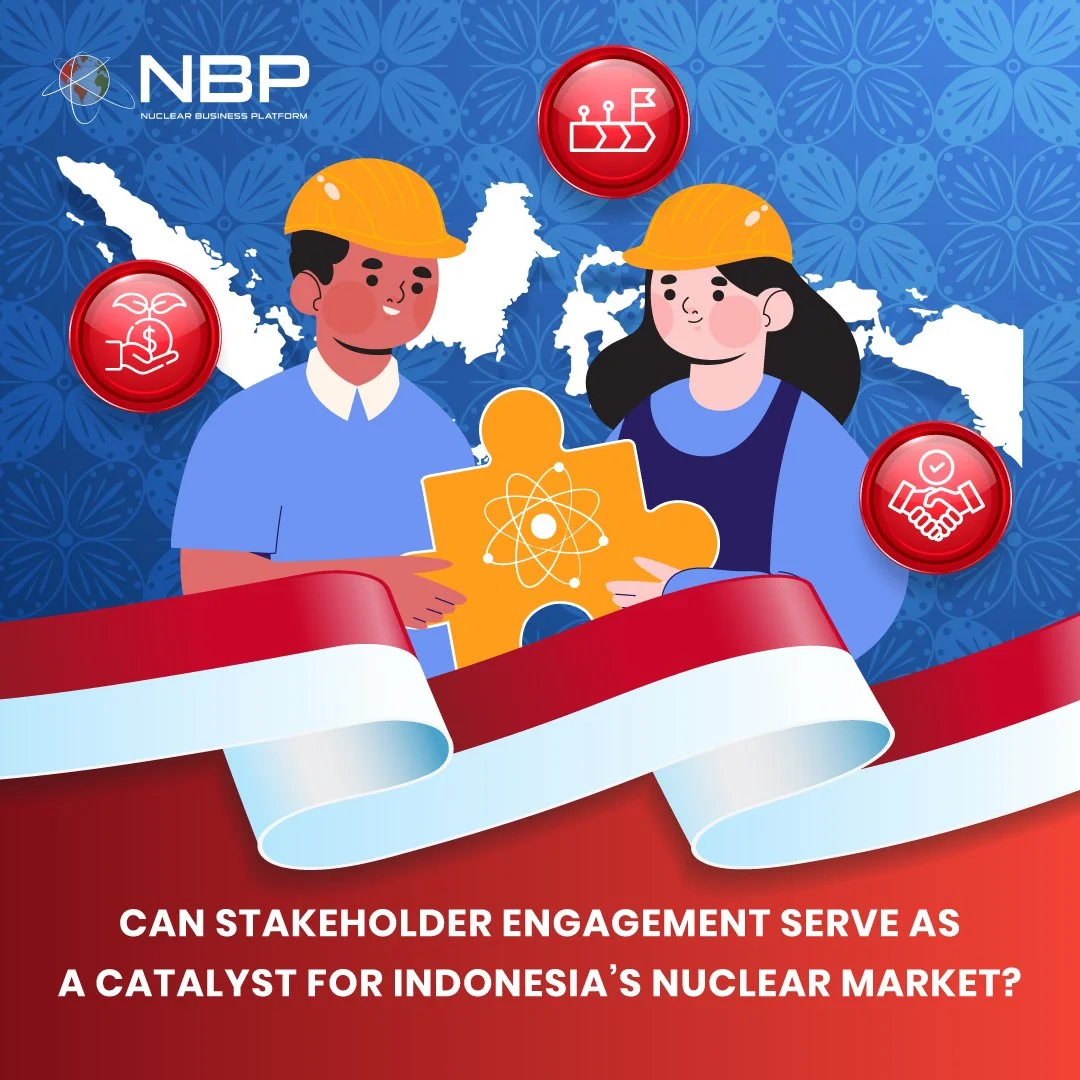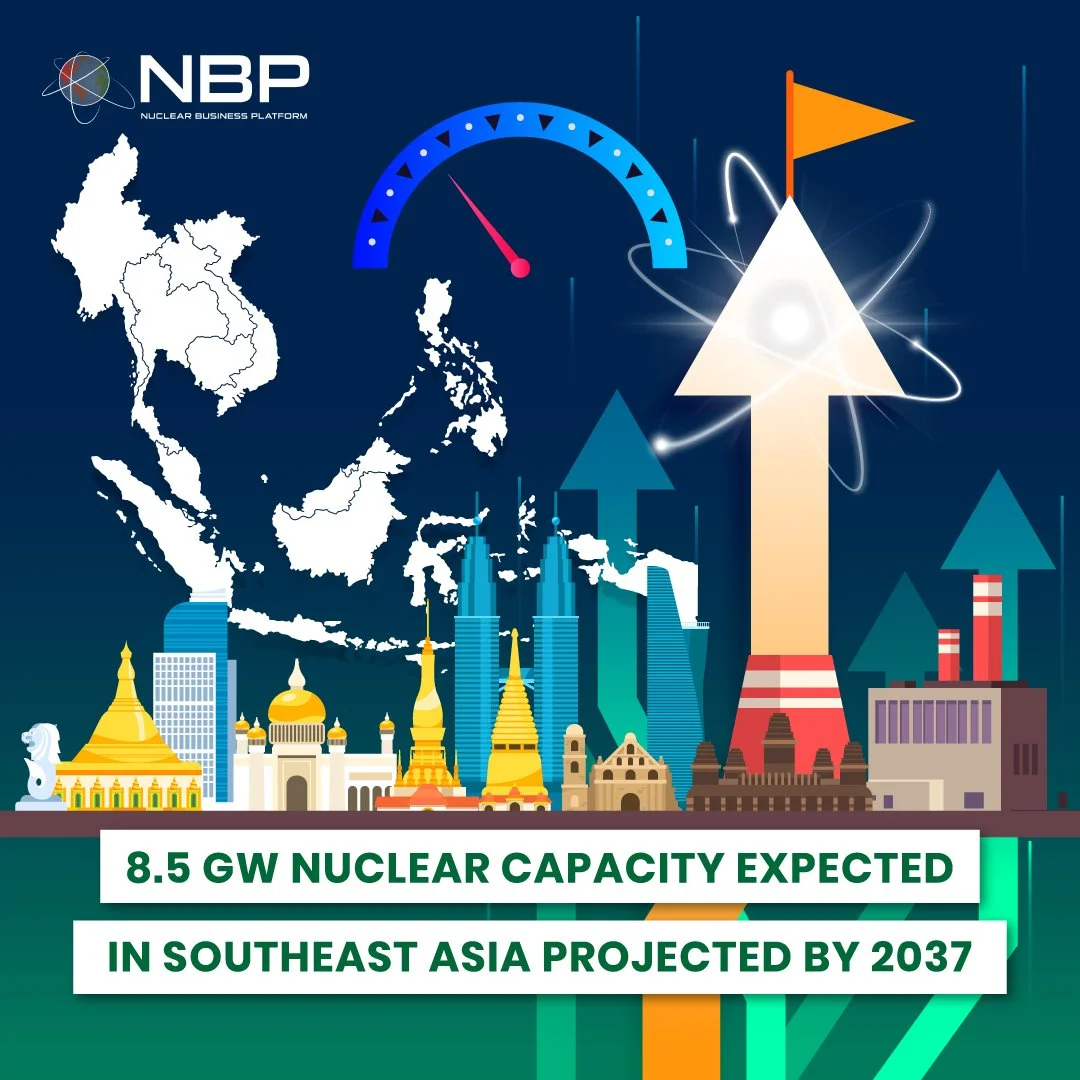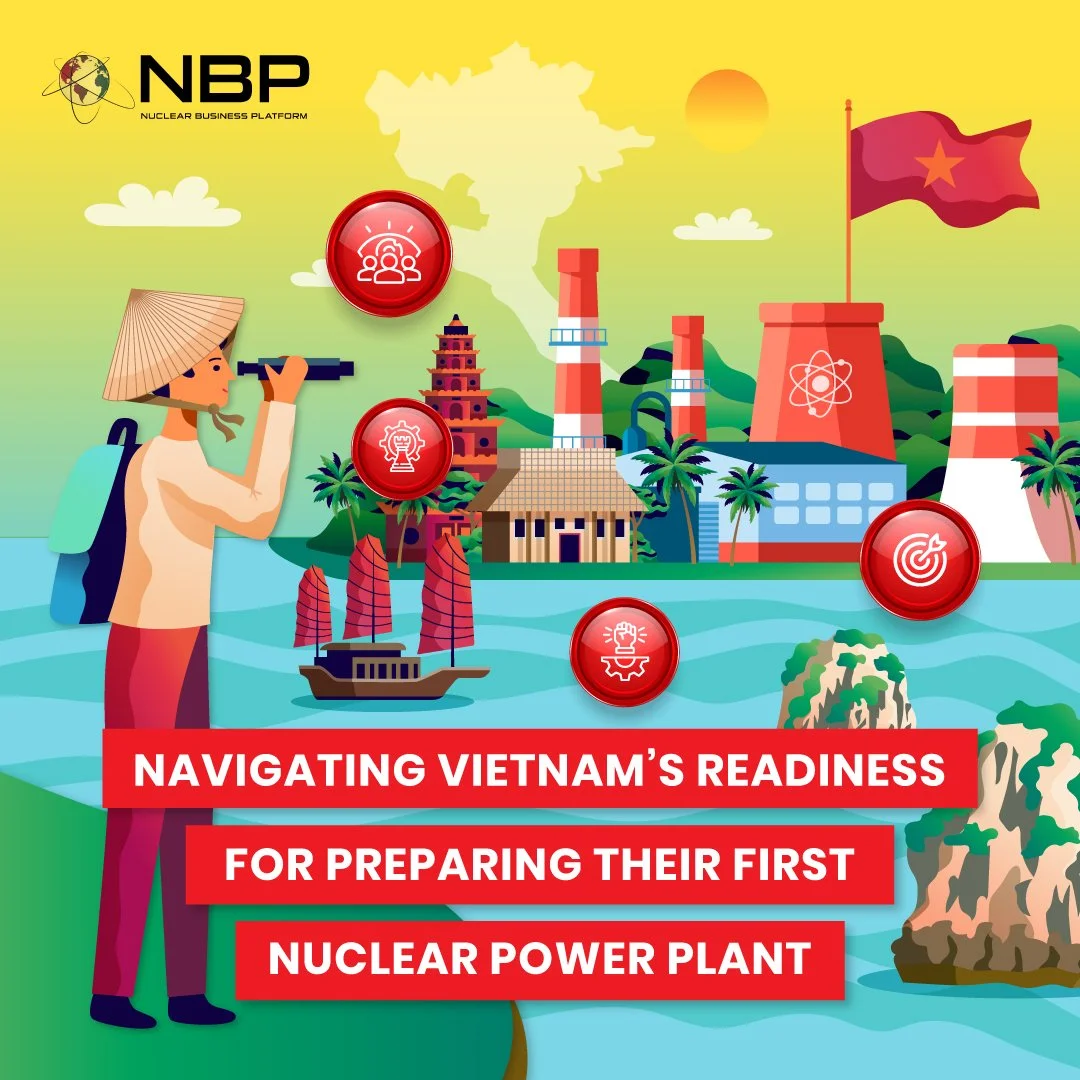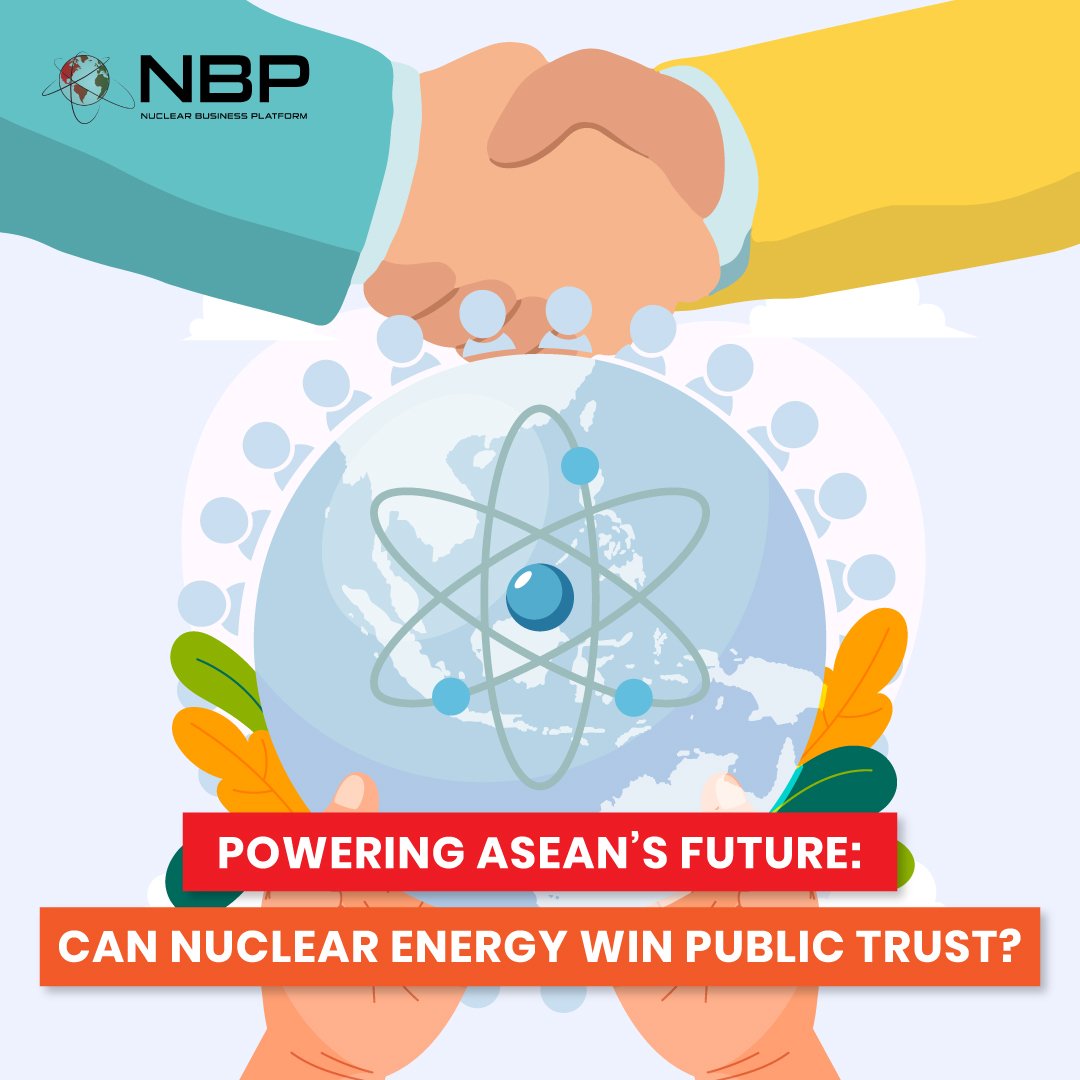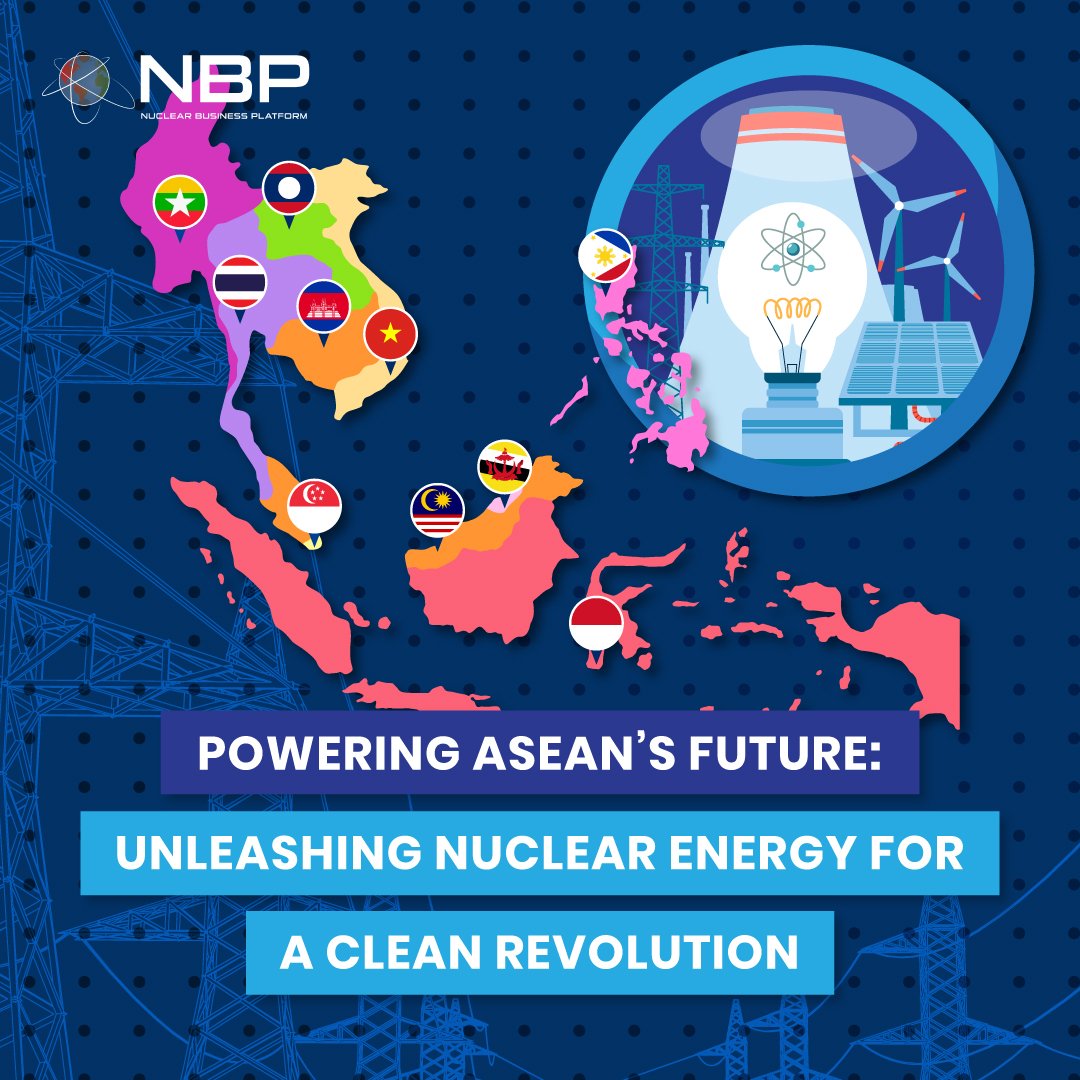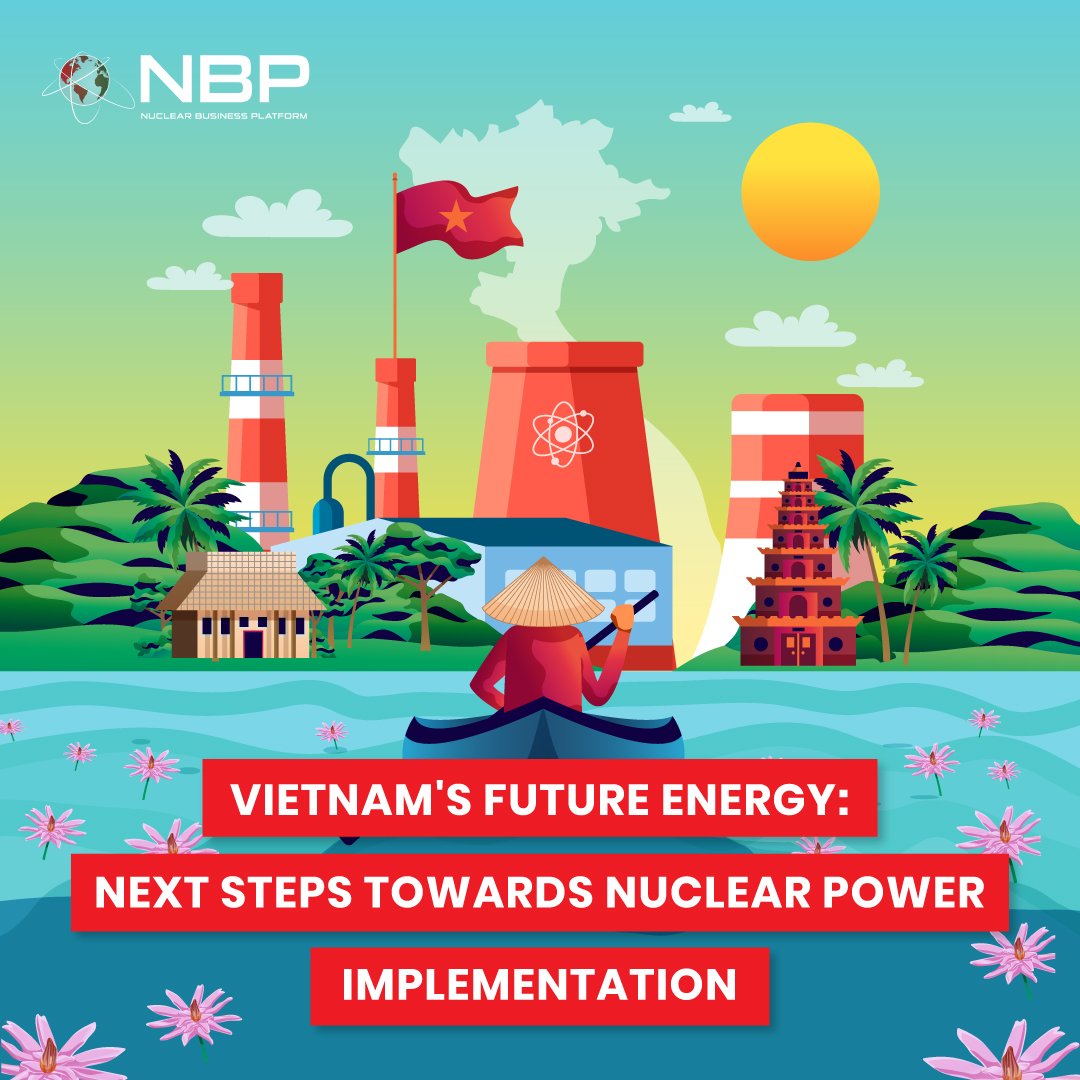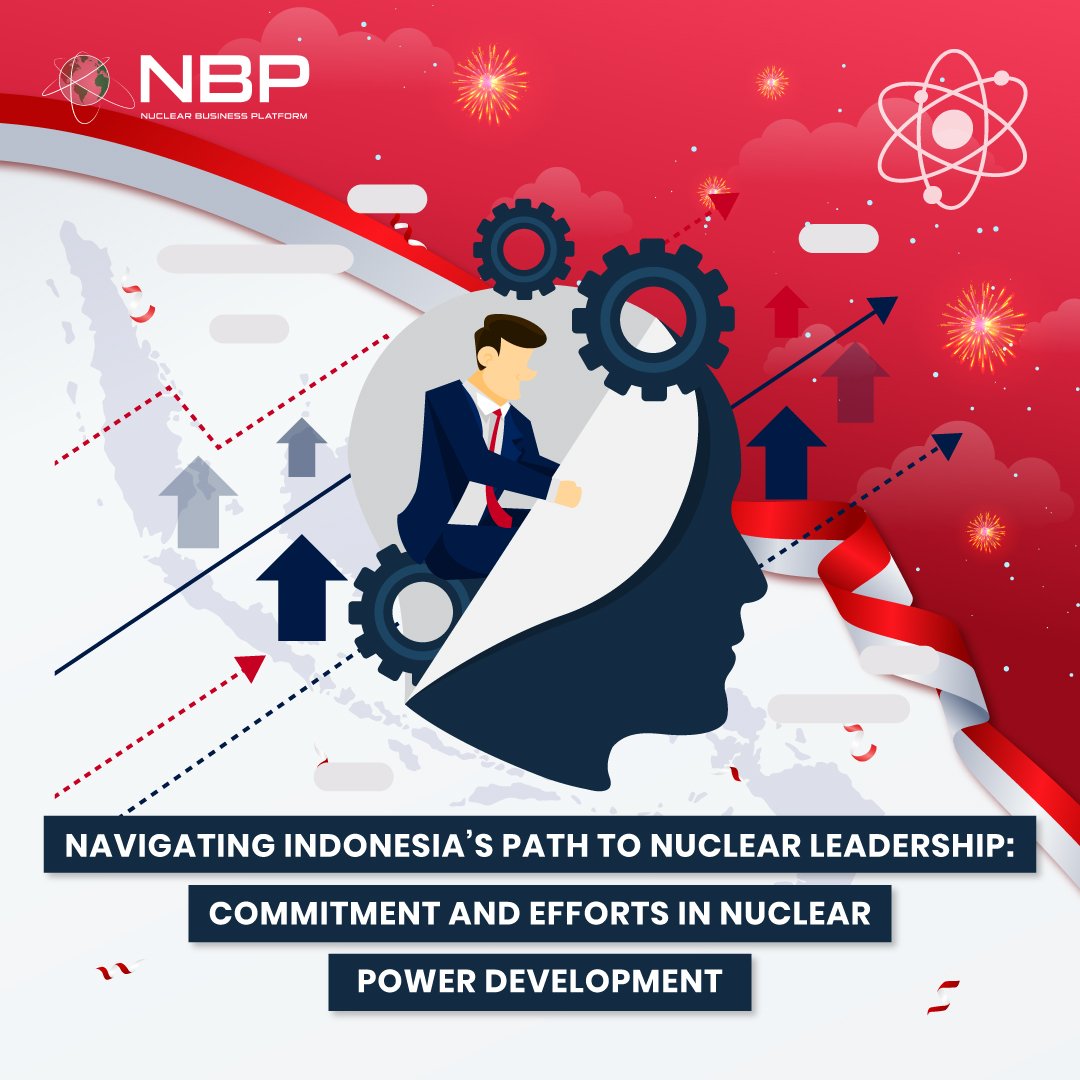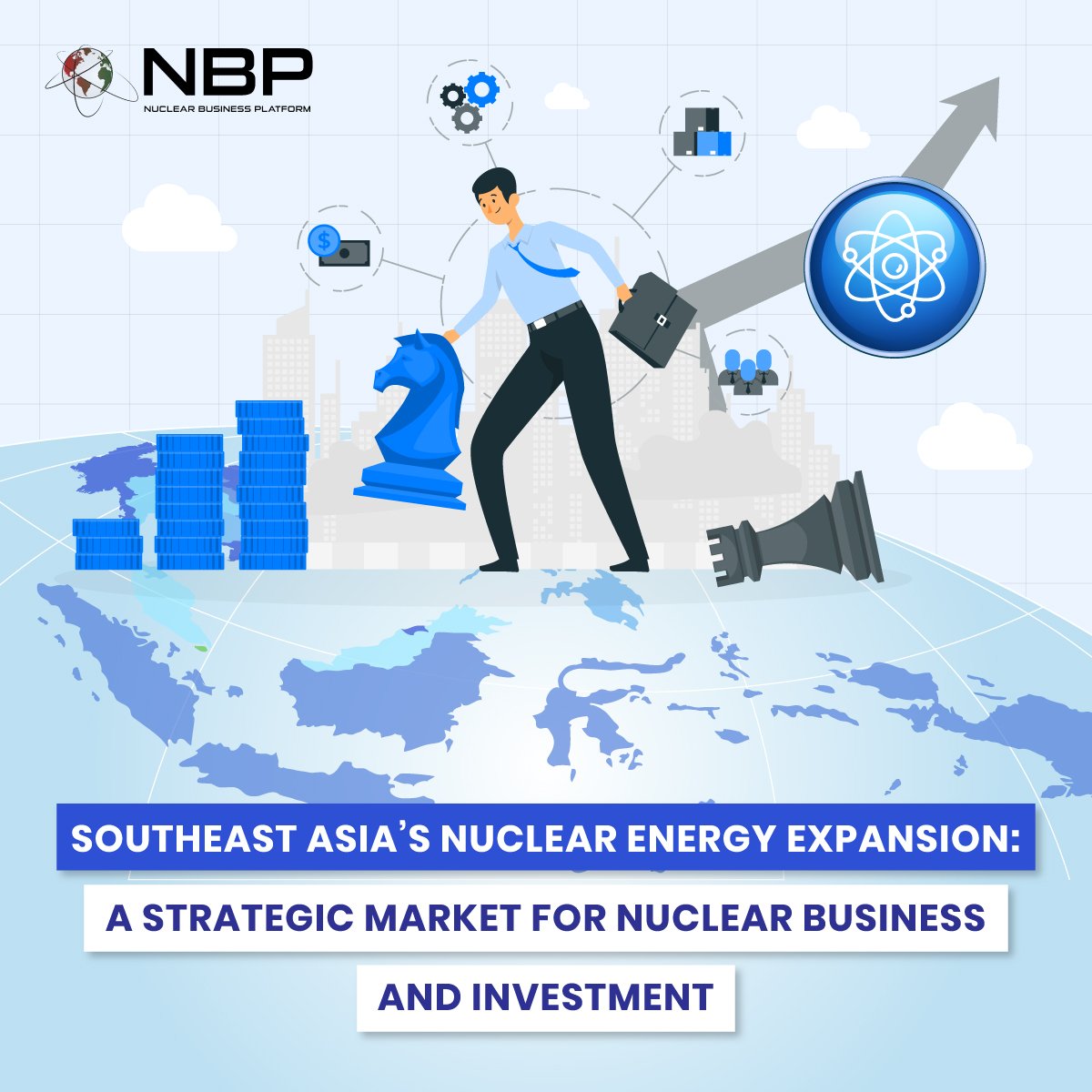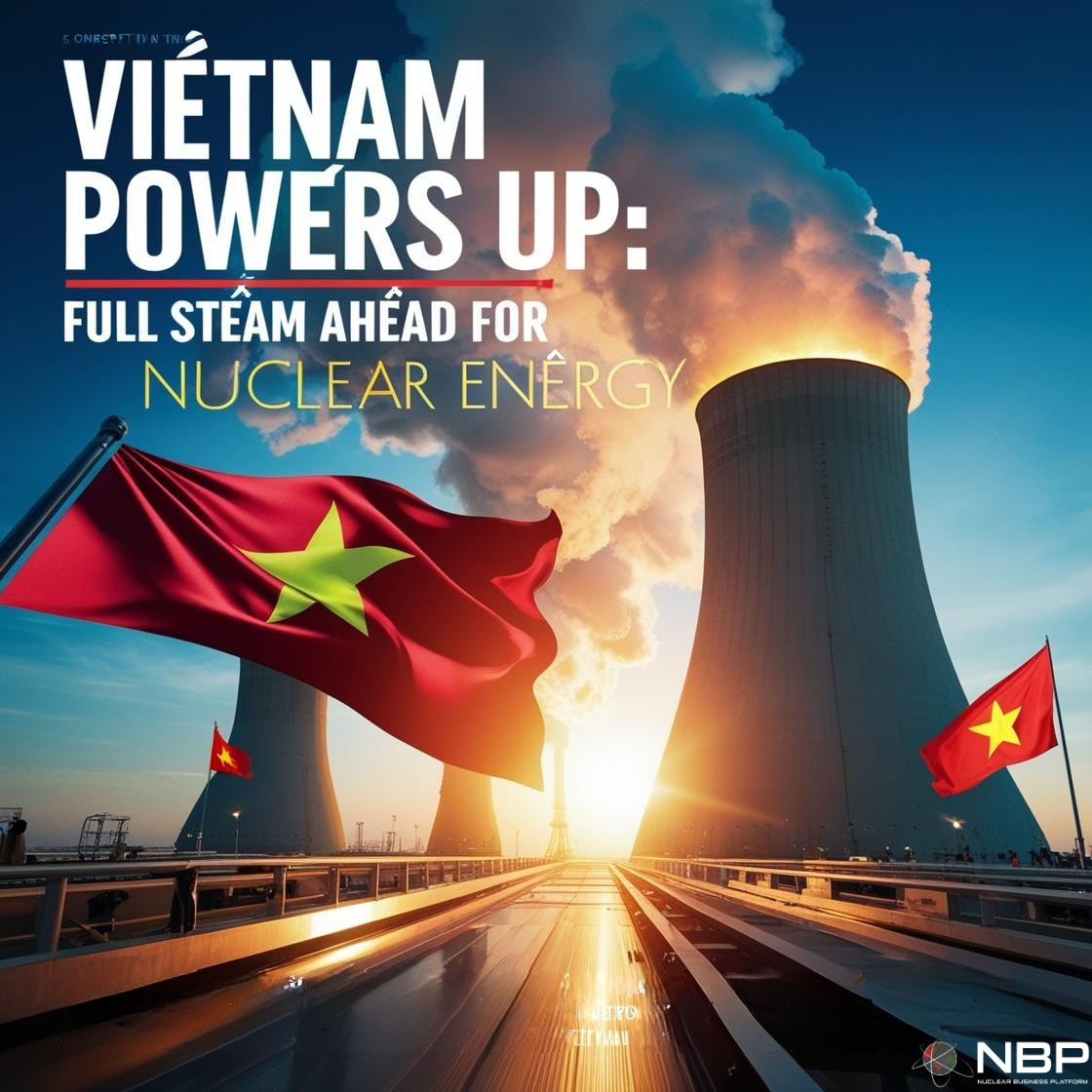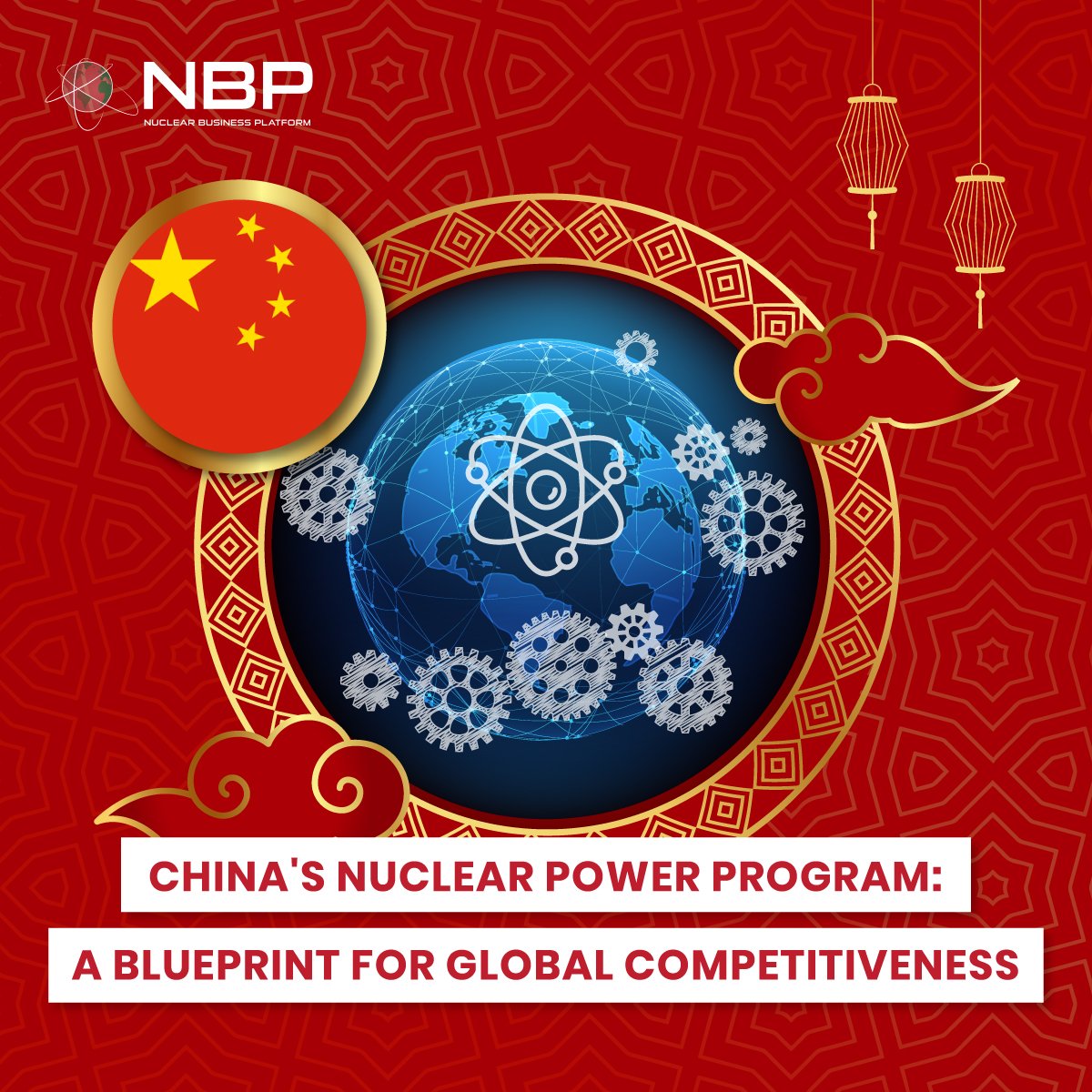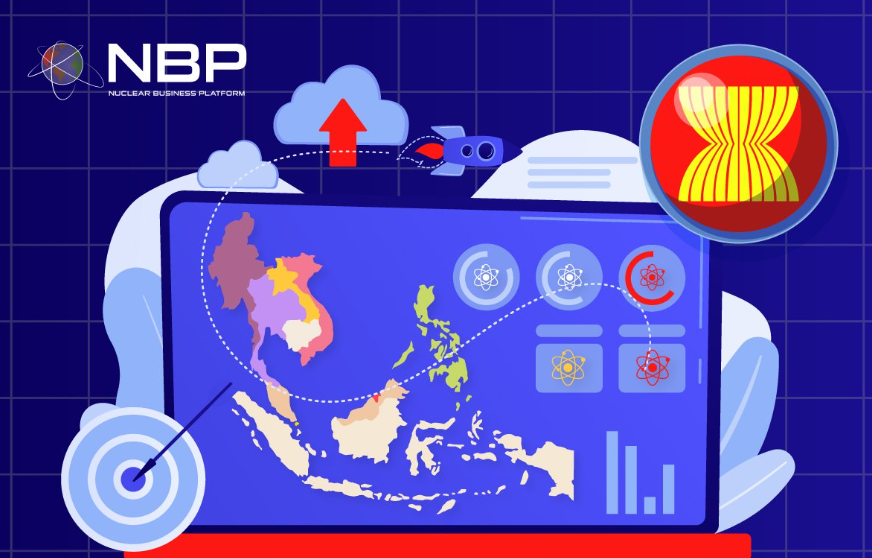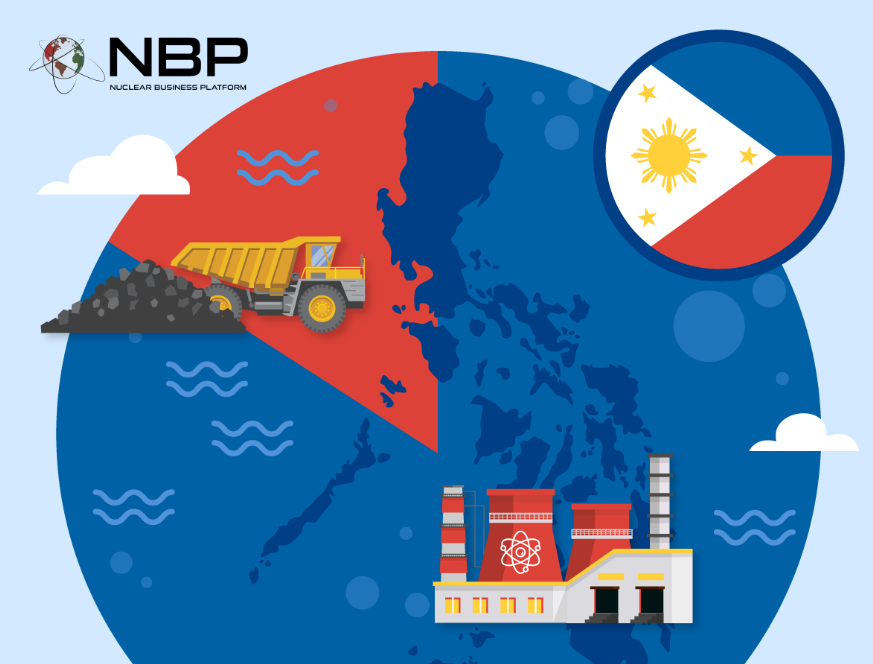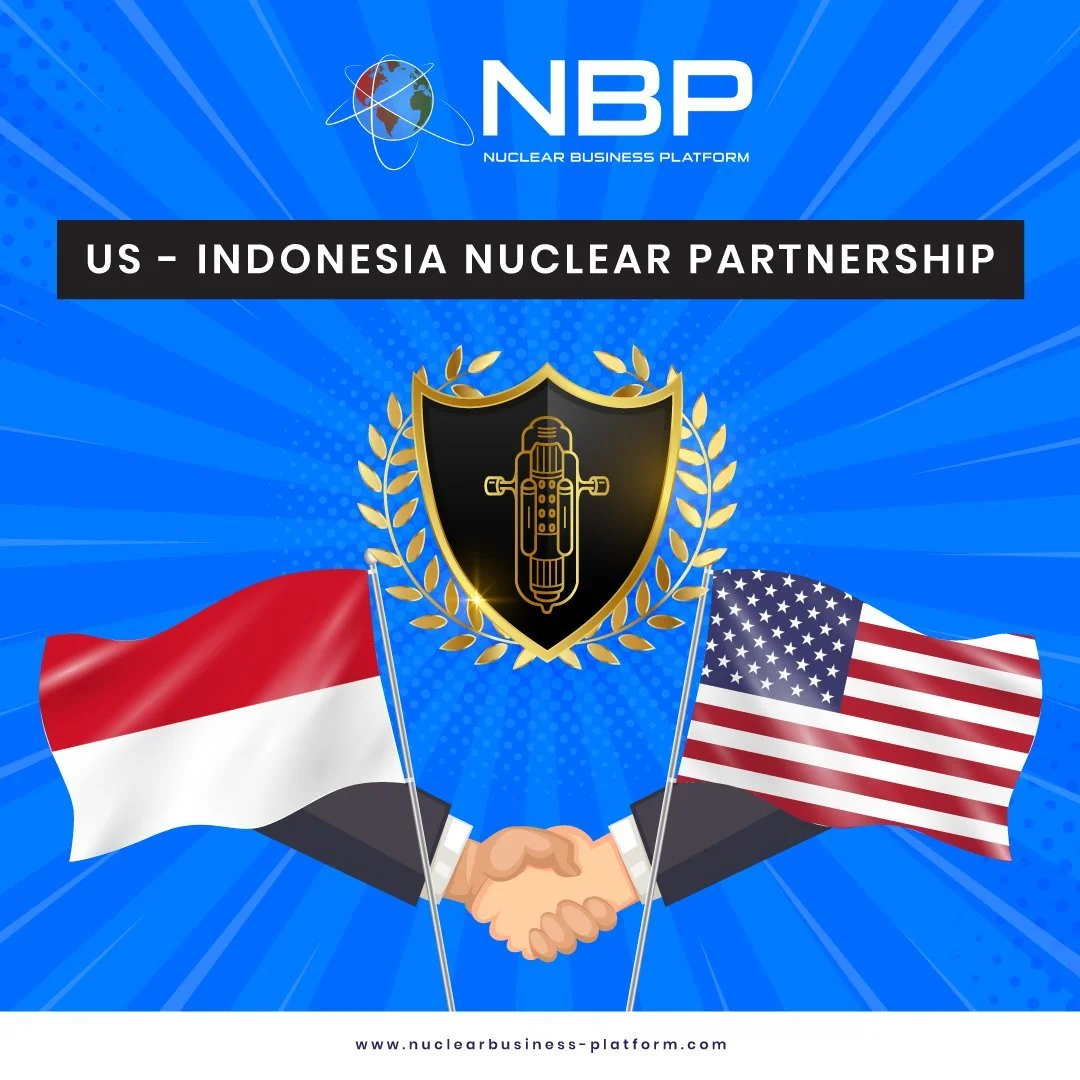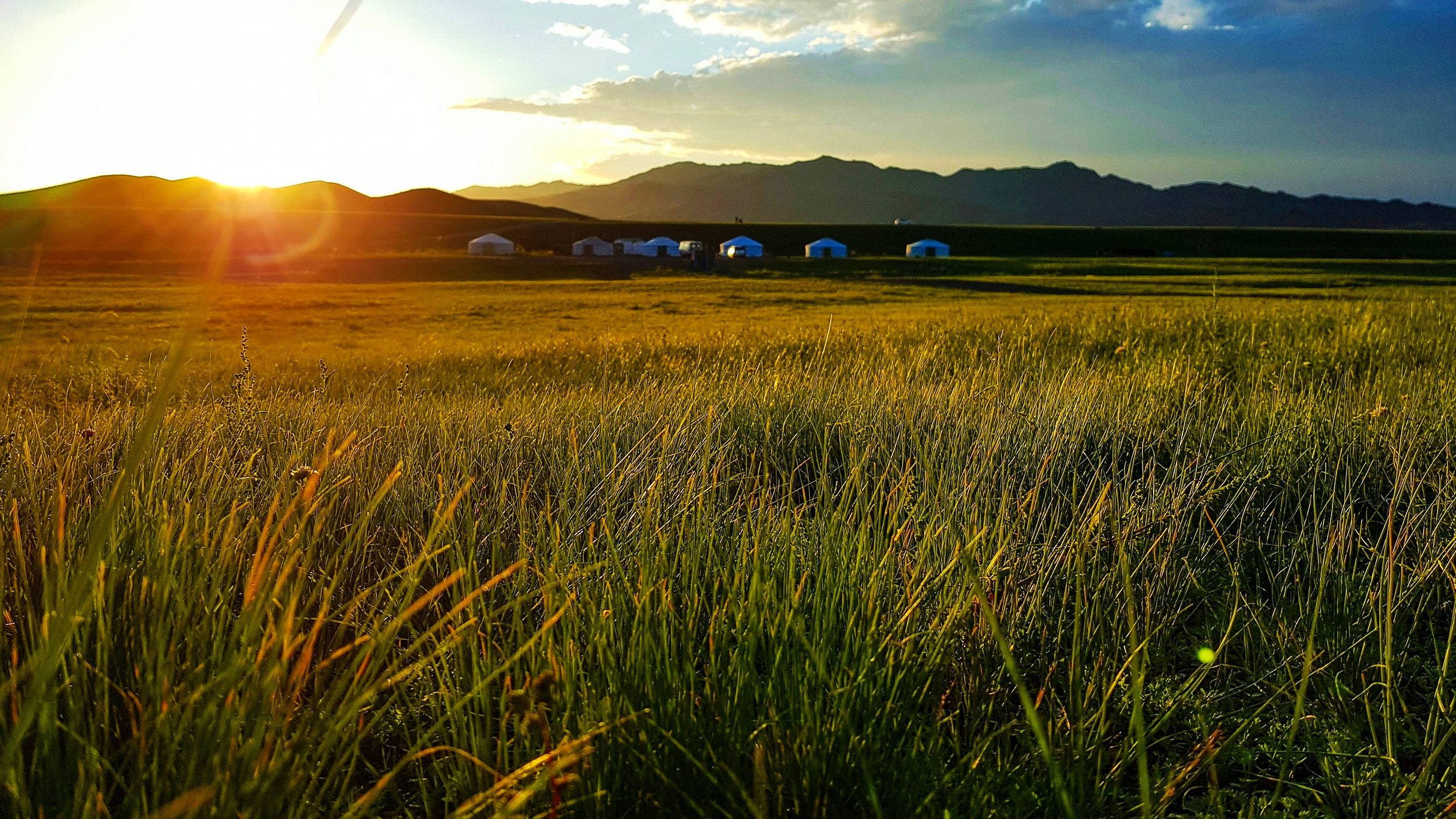
Asia is The Epicentre of Nuclear Energy
Home to 140 operational nuclear reactors and counting
Asia Nuclear Prospects:
Asia has rapidly emerged as a robust hub for nuclear energy, recognizing the pivotal role it plays in meeting the continent's burgeoning energy demands while simultaneously addressing climate change concerns. Many Asian nations have earnestly embraced nuclear power as a viable and sustainable solution to reduce their carbon footprint. Currently, Asia is home to about 140 operational nuclear reactors, of which 5 have been running for over 40 years. With another 30-35 reactors under construction and plans in place for an additional 40-50.
Countries such as China and South Korea have made significant technological strides in nuclear technology. This has not only enabled them to construct state-of-the-art reactors tailored to their specific needs but has also positioned them as global leaders in this domain. As a testament to their expertise and innovation, both South Korea and China have begun exporting their indigenously developed nuclear technology to other nations, underscoring Asia's rise in the global nuclear landscape.
Having engaged with officials from all the key ASIA countries over the years, we have categorised the ASIA nuclear prospects into 3 tiers based on Government Support for Nuclear Energy Program, Timelines and Infrastructure activities,Operational Status of Nuclear Power Plant,Technological Expertise.
The nuclear energy market in Asia presents exciting opportunities for international companies seeking new business prospects. With close ties to major players in Asia's nuclear industry and an in-depth knowledge of the regional market, NBP is uniquely positioned to help international stakeholders evaluate and pursue opportunities in Asia's nuclear sector. Our experience and connections make us the ideal partner to help foreign firms capitalise on the promise of this burgeoning market. We welcome the chance to explore how we can assist your organisation in assessing and seizing the potential of Asia's nuclear energy landscape.
Connect with us if you would like to understand further the Asian nuclear landscape or are looking to expand into the Asian market.
ASEAN Nuclear Market Report
Released in May 2025, this 96-page report is extremely pertinent for all those currently involved in or planning to pursue the burgeoning ASEAN nuclear market. Key topics covered in this report include:
Overview and current status of key ASEAN countries pursuing nuclear
National nuclear policies and regulations in ASEAN member states
Infrastructure and technical capabilities of Southeast Asian countries
Market outlook and investment opportunities for nuclear power development in ASEAN
Challenges and opportunities of ASEAN in developing nuclear energy
Fill in the form below to receive a sample copy of the report.
Market Insights
East Asia
In 2023, East Asia's population is estimated at 1.6 billion, accounting for roughly 20% of the global population. Concurrently, the region's energy consumption is projected to rise to 4.4 trillion tons of oil equivalent (toe), an increase from 3.8 trillion toe in 2022. Energy demand in East Asia continues to grow rapidly, driven by economic growth and rising populations. Countries like China, South Korea, and Japan are investing heavily in investing their nuclear energy program, recognizing it as an efficient means to address energy needs and reduce their carbon footprint.
China has committed to achieving carbon neutrality by 2060. To support these goals, in 2022, the National Development and Reform Commission and the National Energy Administration introduced the "14th Five-Year Plan for the Modern Energy System." This plan prioritizes energy security and accelerates the transition to green and low-carbon energy sources. Presently, China has 53 active nuclear reactors with a combined capacity of 53,GW(e). Another 20 reactors, contributing 20,2GW(e), are under construction, accounting for 5% of the country's electricity. China's nuclear power capacity is projected to hit approximately 70 GW by 2025, in line with its most recent Five-Year Plan's objective.
South Korea has committed to achieving carbon neutrality by 2050. Currently, 24 nuclear reactors supply 27% of the country's electricity. As part of the "10th Electric Plan" spanning 2022 to 2036, South Korea emphasizes maintaining a consistent power supply and demand balance. To strengthen its energy foundation, four reactors are under construction, and there's a plan to commission six more by 2030. According to projections by the Ministry of Trade, Industry, and Energy (MOTIE), nuclear power's share in South Korea's electricity generation is expected to rise to 34.6% by 2036, up from 27.4% in 2021.
The Japanese government issued an interim report on its “Clean Energy Strategy” in May. While aiming to achieve the goals of carbon neutrality by 2050 and a 46% reduction in greenhouse gas emissions in fiscal 2030, further growth will be achieved by ensuring a stable and affordable energy supply for the future. The government has recommitted to the technology, including setting a target for nuclear power to make up 20-22% of the country's energy mix by the end of the decade. Utility companies have applied for restarts at 27 reactors in the past decade. Seventeen have passed safety checks and only 10 have resumed operation.
Southeast Asia
In 2023, Southeast Asia's population is projected to be around 679 million, making up approximately 8% of the world's total. At the same time, the region's energy consumption is anticipated to increase from 1.5 trillion tones of oil equivalent (toe) in 2023 to 2.3 trillion toe by 2040. Driven by economic expansion and growing populations, energy demand in Southeast Asia is surging. Countries such as Indonesia and the Philippines are exploring nuclear energy as part of their energy transition strategies, recognizing it as an efficient means to address energy needs and reduce their carbon footprint.
Indonesia has pledged to cut its emissions by 29% below the business as usual projections by 2030, a target which extends to 41% with international collaboration. The country's Energy and Mineral Resources Ministry anticipates the energy sector achieving net-zero emissions by 2060. Under the "Energy Sector Roadmap Towards Net Zero Emission 2060", Indonesia underscores its commitment to nuclear energy, aiming to commence its first nuclear power plant's development by 2039 and achieving a nuclear installed capacity of 31 GW by 2060. In preparation for this, Indonesia has successfully completed Phase 1 of the IAEA Milestone.
The Philippines has pledged to reduce 75% of carbon emissions within the decade. The majority of the target or 72.29% is conditional or dependent on international aid, while 2.71% is unconditional or shall be met through its own resources, according to the five-page Nationally Determined Contribution (NDC) filed with the UN Framework Convention on Climate Change (UNFCCC). The Department of Energy (DOE) of the Philippines emphasizes the urgent need to incorporate nuclear energy into its energy mix due to escalating energy demands, high electricity costs, and a significant dependence on coal imports. The DOE's strategic energy plan envisions the establishment of eight 150 MW small modular reactors (SMR) by 2032 and aims to add an additional 1,200 MW of nuclear capacity by 2035. In preparation for this, the Philippines has successfully completed Phase 1 of the IAEA Milestone.
Central Asia
In 2023, Central Asia's population is projected to be around 63.1 million, making up approximately 1% of the world's total. Concurrently, energy demand in the Central Asia region is poised for significant growth. In 2020, the energy demand for Central Asia countries stood at 204 million tons of oil equivalent (toe). By 2030, this figure is projected to surge by over 30%, reaching between 254 million and 290 million toe. Countries such as Kazakstan and Uzbekistan are exploring nuclear energy as part of their energy transition strategies, recognizing it as an efficient means to address energy needs and reduce their carbon footprint.
Kazakhstan has pledged to reduce greenhouse gas emissions by 15 percent by 2030 and intention to reach carbon neutrality by 2060. To achieve these transformations, The Kazakhstan Ministry of Energy is exploring its reintroduction to diversify its energy portfolio. The government is considering constructing its first commercial nuclear power plant, building on its role as one of the world’s largest sources of uranium. Kazakhstan Nuclear Power Plant (KNPP), tasked as the future plant's owner/operator, initiated a feasibility study in 2018. This study aimed to evaluate the necessity for nuclear power, select an optimal location for the plant, and project its power output. Following up on previous recommendations from the Integrated Nuclear Infrastructure Review (INIR) in 2016, an INIR mission team assessed their implementation in Astana in March 2023.
Uzbekistan has set a target of reducing specific greenhouse gas emissions per unit of GDP by 35% below 2010 levels by 2030. Recognizing the pressing need to integrate nuclear energy to meet growing energy demands and bolster economic growth, Uzbekistan has actively taken steps in this direction. In September 2018, an agreement was inked between Russia and Uzbekistan to construct a nuclear power plant housing two VVER-1200 generation 3+ nuclear reactors. Reinforcing its dedication to nuclear energy, Uzbekistan kick-started the site selection process for its inaugural nuclear power plant in 2019. In assessing the readiness for nuclear infrastructure development, the INIR team utilised Phase 2 criteria from the IAEA’s Milestones Approach. To further this commitment, July 2022 saw the establishment of a memorandum of understanding (MoU) among Rosenergoatom, the Rosatom Training Academy, and Uzbekistan's Agency for Nuclear Power Engineering Development under the Ministry of Energy for Nuclear Power Engineering Development .
South Asia
In 2023, South Asia's population is projected to be around 2 billion, making up approximately 25% of the world's total. Concurrently, energy demand in the Central Asia region is poised for significant growth. Energy demand in South Asia has grown on average by more than five percent annually over the past two decades and is expected to more than double by 2050. Countries such as India, Pakistan and Bangladesh are actively working to develop their nuclear program. Additionally, Sri Lanka is exploring nuclear energy as part of their energy transition strategies, recognizing it as an efficient means to address energy needs and reduce their carbon footprint.
India has an intention to reach carbon neutrality by 2070. To achieve these transformations, India wants 9% (currently 3.2%) of its electricity to come from nuclear sources by 2047. The present installed nuclear power capacity is set to increase from 7,380 MW to 22,480 MW by 2031 on progressive completion of projects under construction and accorded sanction.
Pakistan intends to set a cumulative, ambitious conditional target of an overall 50% reduction of its projected emissions by 2030. This target comprises a 15% reduction from the country's own resources and a 35% reduction subject to the provision of international grant finance. The electricity generated by commercial nuclear power plants constitutes roughly 7.5% of the total electricity generated in Pakistan. Currently, the present installed nuclear capacity stands at 3262 MW.
Bangladesh's rapidly growing population and economy require a constant increase in electricity production. Nuclear power is seen as a reliable and baseload source to meet this demand. Electricity demand is rising rapidly about 7% per year and capacity was 25 GW as of 2021. Construction of the Rooppur Nuclear Power Plant commenced in 2017, with two VVER-1200 reactors being built by Russia. Unit 1 is scheduled to be commissioned in 2024, while Unit 2 is expected to be completed in 2025.
Sri Lanka intends to achieve carbon neutrality by 2060. The country primarily relies on hydropower, accounting for around 59% of its electricity generation, followed by fossil fuels at 41%. Sri Lanka is currently in the planning stages of introducing nuclear power into its energy mix, with a target start date of 2032. In preparation for this transition, Sri Lanka successfully completed Phase 1 of the IAEA Milestone in 2022.
Insights From Asian Nuclear Officials


